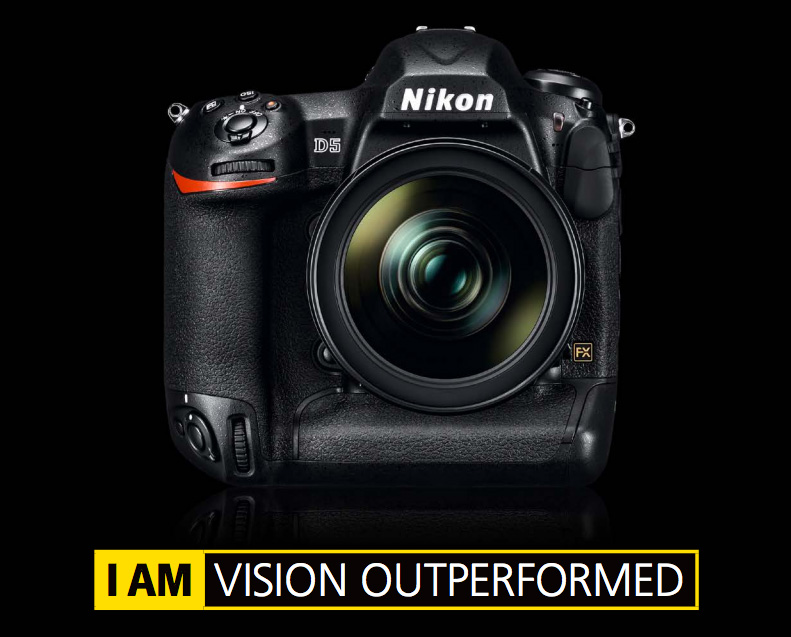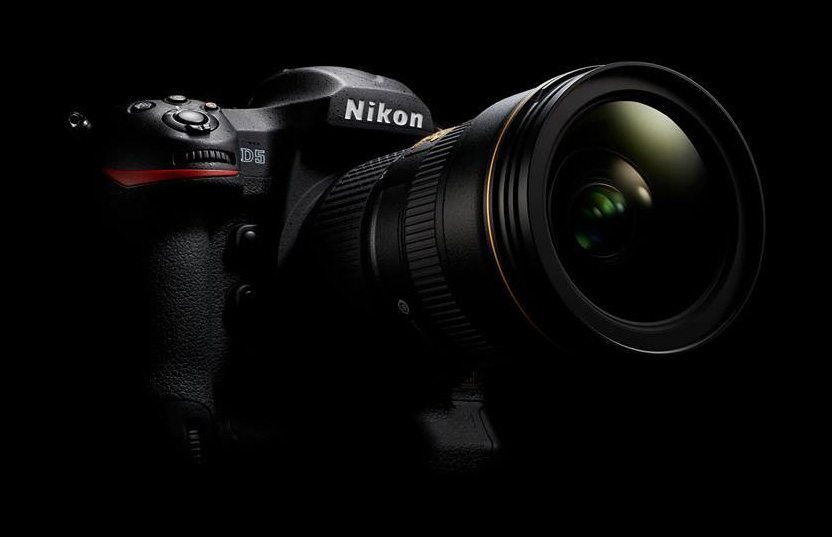Everyone needs a flagship, and today we got ours… the Nikon D5

In racing (specifically Formula 1) the giant leaps are made as slight tweaks on an already incredible platform, the Nikon D5 is the photography equivalent.
While I could go on and on waxing poetic about the spec list, numbers really don’t do this thing justice. The Nikon D5 is a camera that has accomplished perfection in its files: where the Nikon D3 was the camera that showed us images that looked liked film, the D5 shows us images that look like what film would have become. We often hear people talk about the clarity filter, or as Photoshop sees it, a tweaked gamma curve. In essence it is trying to do what it states, clarify the image as if it were there and not existing only through a lens. In racing terms (sorry, but my mind has been stuck on them lately) the clarity filter is like adding after market air filters to a Honda Civic.

What is needed for precision and true translation to the eye is data, and the only way to get that is to have a sensor that takes it in faster and in more depth. The Nikon D5 is just that. It is a camera that speed created and it is one that has truly refined the pixel.
While some like me think of the opportunity to walk around at midnight hand-holding shots at ISO’s that are in the millions (yes, read m.i.l.l.i.o.n.s), others will look at the Nikon D5 as a way to show live sports sharper. I can still remember thinking I read a typo on the Nikon D3 press release when I first saw ISO 25,600 and thought, “that isn’t possible.” Now I am faced with the exact same disbelief, which raises more questions than answers, not the least of which being, “do we need to rethink the measurement of ISO as we know it?”
Time will tell the impact that the Nikon D5 has on the industry, but in the meantime, I am prepping for the first shoot with the production model… if only this rainy weather would let up…
